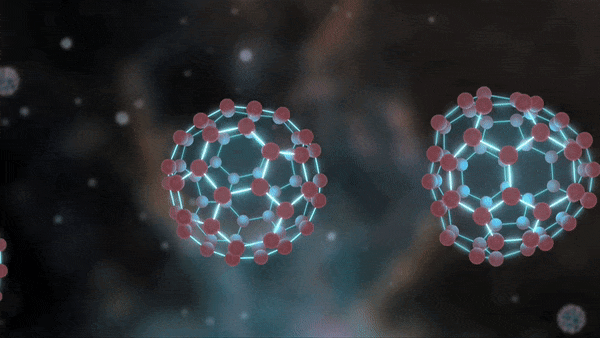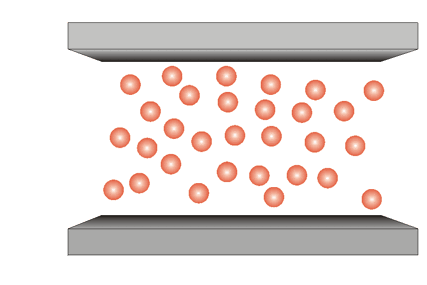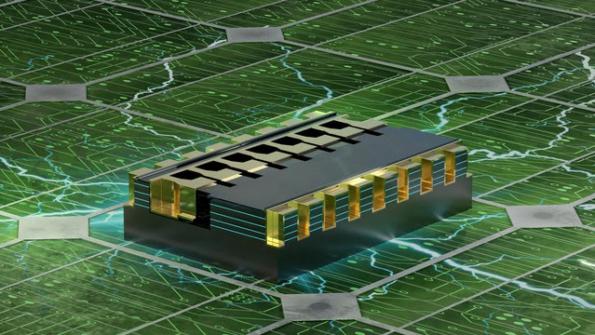- Nanoelectronics and the effect of quantum confinement
Investigating the emergence of quantum effects: As transistor dimensions shrink and enter the range below 100 nanometers, the behavior of individual atoms gradually becomes significant and important.
Researcher and Author: Dr. ( Afshin Rashid)

Note: The emergence of quantum effects: As the dimensions of the transistor shrink and enter the range below 100 nanometers, the behavior of individual atoms gradually becomes significant and important.
Considering the dimensions of a silicon atom, which is about 1.46 angstroms (0.146 nm), and considering the interatomic bond distances, we conclude that when we are below 100 nm, we are dealing with only a few dozen silicon atoms. The reduction in the number of silicon atoms in a transistor makes the problem of crystal defects a serious challenge. Because a small crystal defect, whether caused by silicon atoms or by impurity atoms added to the silicon, will cause significant changes in the electrical behavior of the transistor and will make the transistor unsuitable for its intended use.
By reducing all horizontal and vertical dimensions of the transistor, the electric charge density in various areas of the nanotransistor increases, or in other words, the number of electric charges per unit area of the nanotransistor increases. This has two negative consequences: First, with an increase in the electric charge density, the possibility of electric charge discharge from the insulating areas of the transistor increases , which causes damage to the transistor and its failure. This is similar to the discharge of excess electric charge between the cloud and the ground in the phenomenon of lightning or thunder, which causes the ionization of air molecules into negative and positive ions. Second, with an increase in the electric charge density, electrons may, under the influence of repulsive or attractive forces, which have now increased in value, leave the radius of one atom and enter the radius of the neighboring atom. This is called tunneling in quantum physics. Tunneling of electrons from one atom to a neighboring atom is a phenomenon that occurs frequently between electrons at small dimensions. This phenomenon is also the basis for the operation of some electronic components and some nanoscopes.

But in a nanotransistor, this phenomenon is not a useful phenomenon, because the tunneling of electrons from one atom to the neighboring atom may continue and cause an electric current. Although this electric current may be very small, but because it is unwanted and unforeseen, it acts as a leakage path for the electric current and causes changes in the electrical behavior of the nanotransistor.
Conclusion:
Although shrinking transistors and entering dimensions below 100 nanometers within the functional range of nanoelectronics technology has many advantages, it faces various challenges.
Researcher and Author: Dr. ( Afshin Rashid)
Specialized PhD in Nano-Microelectronics



